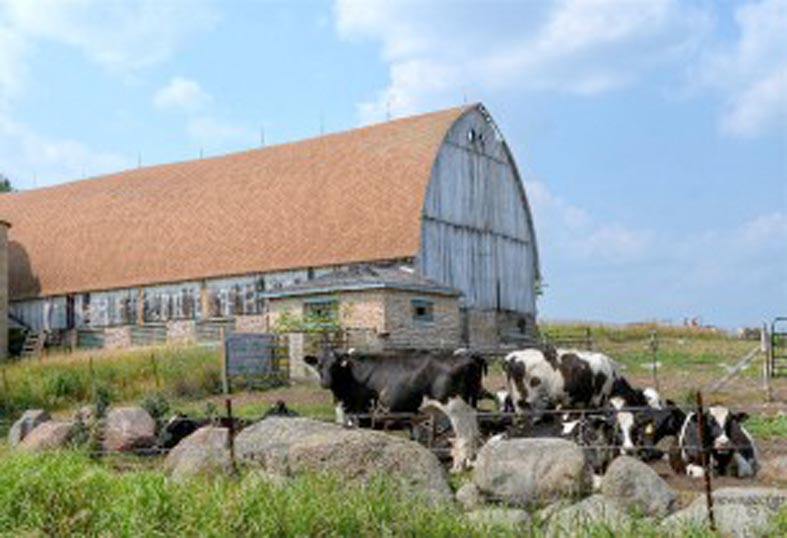International Dairy Federation (IDF), Food and Agriculture Organization (FAO) and IFCN Dairy Research Network (IFCN) have collaborated to map world dairy feeding systems with an aim to reduce carbon footprint
According to the organisations, animal feeding is the first step in the production of milk and, therefore, affects the rest of the production chain.
Gathering information from more than 65 countries across six continents and a number of production systems, a new report IDF/FAO/IFCN World Mapping of Animal Feeding Systems in the Dairy Sector compiles a large set of data on dairy animal feeding systems that will serve as a valuable resource for dairy processors, animal feed professionals, dairy farmers and their advisers and policy makers.
This mapping will provide a useful tool for projects aiming at reducing the carbon footprint of the dairy chain, looking at the impact of animal diets on milk composition and human health and nutrition, and also those influencing animal health and welfare and productivity.
Some of the findings include that crop residues are an important part of the diet for cows in Asia and the compound feed use in Asia and Africa is low (up to five per cent). It also found that improved dairy buffaloes receive more concentrates and compound feed than local animals and crop residues are a major source of roughage for both improved and local dairy buffaloes in India.
The report also said that the use of compound feed is low in Asia, as for cattle, suggesting that a human-edible animal product of high quality (milk) is produced from human-inedible feed resources by the dairy sector in most developing countries.
According to IDF president Jeremy Hill, the new report represents an important new tool for industry stakeholders.
“This publication will serve as a key reference to assess environmental impact, identify better performing systems, optimise milk composition, enhance animal productivity, health and welfare and also to improve economic sustainability of milk production. This is a major effort that will continue for many years to come, and I encourage everyone in the industry to use this report as a source of reference,” Hill said.
Torsten Hemme at IFCN Dairy Research Network added that the key strength of the partnership is that each organisation could bring specialist expertise and resources to the table, and apply them to common goal.
“Three global organisations working together not only allows for large geographic coverage, but also in terms of capturing the true diversity of animal feeding systems. While IFCN looked at typical feeding systems and their economic factors, IDF issued a detailed expert survey to its member countries. FAO approached animal nutrition experts to determine the composition of the ‘feeding basket’ for a range of ruminants. The culmination of this data is an impressive insight into dairy feeding systems globally,” Hemme said.
To continue reading the rest of this article, please see the September 2014 issue of Far Eastern Agriculture




